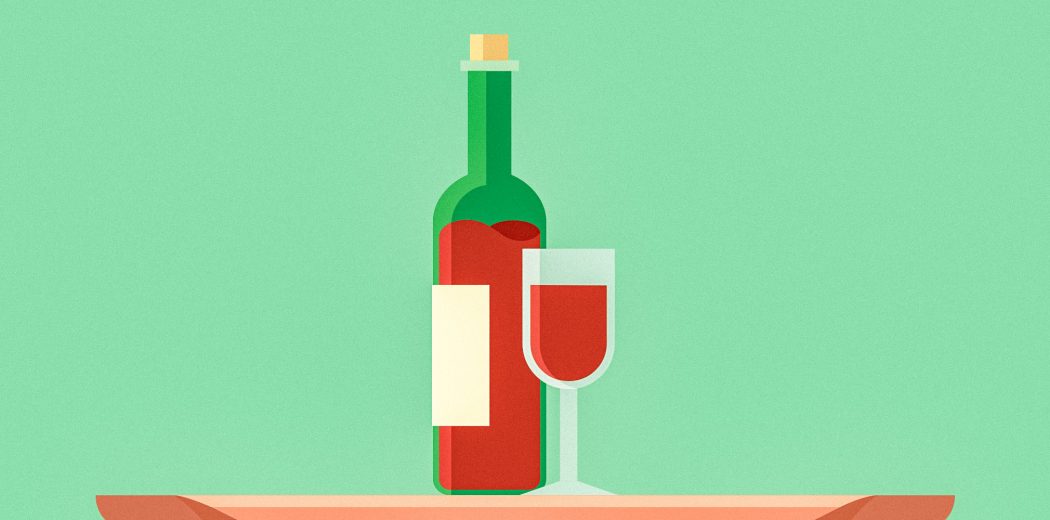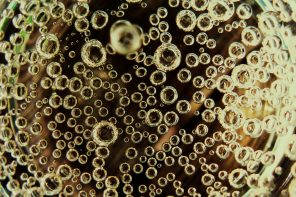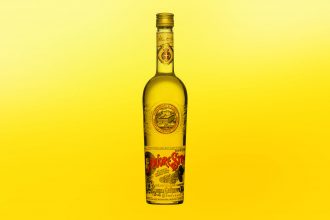There’s a half-finished bottle of wine in the fridge from the other night. So many thoughts swirl through your head, “Can I still drink it? Should I just toss it? It’s been in the fridge, so it should still be okay, right?” Instead of putting yourself in this tricky situation, there are a few measures to take to ensure you’re keeping your wine as fresh as possible until you’re ready to come back for more — if you don’t drink it all in one sitting, that is.
To chill or not to chill?
Even if you can’t detect notes of “toasted bread topped with white flowers, wet grass and a touch of under ripe peach,” you know to drink white wines chilled, but did you know that reds can also be chilled? It’s a common misconception that red wine doesn’t have to be cooled, but we’re here to tell you that’s wrong.
Drinking your reds slightly chilled brings out all the flavors and aromas in the wine giving you an overall better experience. It can be incredibly tempting to dive straight for the corkscrew after coming home with a bottle of wine, but drinking wine at the wrong temperature can seriously affect how it tastes, so taking a moment to chill your wine is well worth the wait if you want to enjoy its full potential.
But not all wines should be served at the same frigid temperatures. Although all white wines are best served chilled, light-bodied whites and sparkling wines should be cooler than a medium-bodied white or rosé. Putting the bubbly, Sauvignon Blanc, Pinot Gris and other light whites in the freezer an hour before you plan to serve them should get them to the perfect temperature. As for those reds, they hit their sweet spot when chilled for about 10 minutes before serving.
To keep your wine fresh longer once opened, it’s important to reduce the amount of oxygen it comes into contact with as increased exposure to oxygen is the primary reason wine goes bad. Fortunately, other oenophiles have developed an array of products for the sole purpose of making your wine stand the test of time. From vacuum sealing stoppers to special spouts that go right through the cork, these accessories keep the oxygen out of your vino which makes for a happy wine lover. The original cork or screw cap work just fine, too.
Once opened
After a few days pass since you opened a bottle, you realize that you have absolutely no clue if you can finish it off or if it’s already gone bad. Enter the three-day rule. On average, still whites and most reds have a lifespan of about three days once they’ve been opened. Although this timeline can vary when higher quality bottles are involved, for the most part, this rule won’t fail you when it comes to the standard, everyday wine.
The color of a wine also plays into how long it maintains its freshness. Medium to full-bodied whites can sit in the fridge a little longer than your typical bottle of red. So when caught between finishing off an open bottle of red or white, go for the red! While you’re at it, make sure your open bottles are stored in a cool place away from direct sunlight to keep them from spoiling. After all, it’d be criminal to let good juice go to waste if it can be avoided.
Identifying spoiled wine
All good things eventually come to an end, and wine unfortunately does too. It’s important to know the telltale signs your vino is a no-go. Signs like fizz and bubbles present in a still wine, a vinegar-like taste, a moldy basement or wet dog smell or discoloration can all be indicators your wine is past its prime.
What to do now that you are armed with this fantastic wine knowledge? Roll up to your friend’s dinner party with a fine bottle of wine in hand, and bless them with a few best practices for getting the most life out of their bottle.








